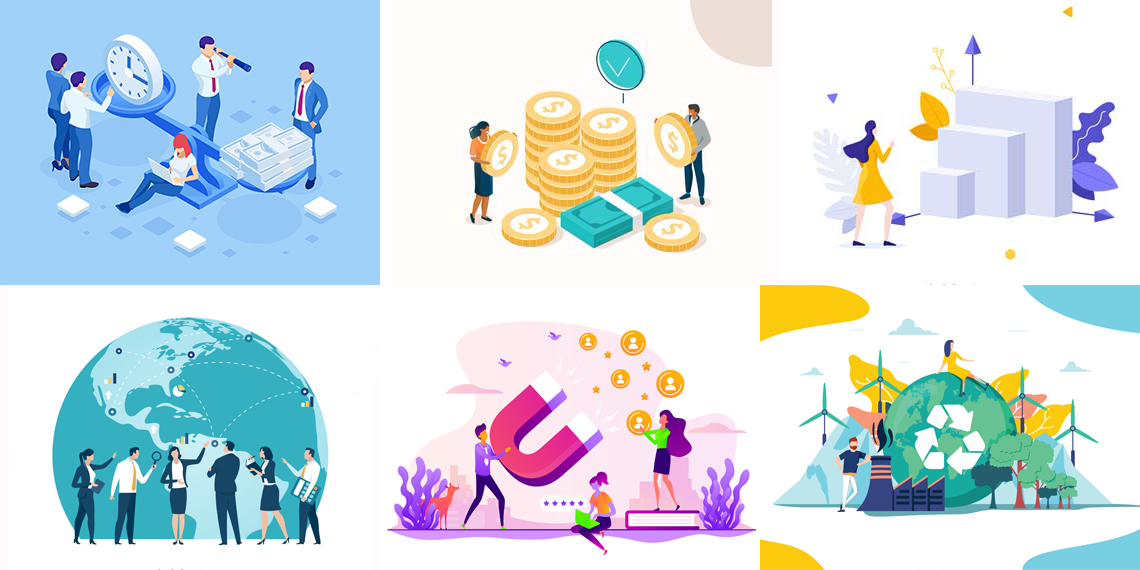The new normal is now becoming a little less new; and many of us are tentatively peeking out from a nearly 2-year hibernation of sorts.
As the world adapts to new ways of working and training, we have seen even more companies turning to eLearning course development as a means of increasing productivity and efficiency.
But developing digital learning is not a silver bullet for organisational, cultural or behavioural goals. In order to weather the inevitable challenges that will announce themselves as the global landscape continues to shift, learning strategies need to look further afield; become more resilient, and remain flexible in the face of change.
Digital learning is a valuable tool that, when used well, gets people thinking and talking – motivating them to take more ownership over their own development. But – a skilled provider will always ask whether it’s the right tool to use before it is pulled from the shelf.
Here we’ll explore the many benefits and some shortcomings of eLearning in the workplace.
 The Good:
The Good:
1. Reduces learning time Compared with traditional learning, corporate eLearning takes 40%-60% less time to complete according to eLearning Industry.
2. Saves money
eLearning can be more cost-effective for a larger employee audience. Companies can save on trainer fees and employee time, training facilities, travel, catering and materials. One study finds that IBM saved around £147 million in 2021 after switching to eLearning.
3. Scalability
Once an eLearning module is created, it can be easily scaled up to roll out to as many employees and languages as a company requires.
4. Global reach
Learning can be accessed wherever the employees have a device capable of doing so, be it a computer or a mobile phone. Companies can be confident that their employees get access to the same content regardless of their location or nationality.
5. Better retention
The Research Institute of America found that eLearning increase retention rates by as much as 25%-60% as compared with face-to-face training at 8%-10%.
6. Reduced environmental impact
eLearning benefits not only the organisation and its employees, but also cuts their carbon footprints. An Open University study found that “producing and providing distant learning course consumes an average of 90% less energy and 85% fewer CO2 emissions per student than conventional face-to-face courses”. The impact in the corporate world may be different but the saving of energy can’t be ignored.

The Bad:
1. Lacks social interactioneLearning courses lack instant input and output during a lesson. AI technologies are catching up, but they are not interchangeable with a present classroom trainer who can answer questions on the fly.
Fortunately, certain learning strategies can now accommodate the need for interaction during learning. Want a digital solution that encourages communication?
2. Lack of control
Learners are all different, those with low motivation tend to fall behind using the eLearning method due to the lack of set times for learning sessions. Also, without a routine or fixed schedule, learners may find it difficult to cope when juggling deadlines.
Progressive learning developers will create pathways that allow learners to follow their own curiosity, as and when they have the time. They will also develop ‘point of need’ assets, after a thorough consultation that discovers when those points are occurring. Read more on a solution we developed to meet learners points of need through their mobile devices.
3. Focus more on theory
Spending more time listening to podcasts, watching videos and reading slide presentations doesn’t give employees the hands-on experience for the job.
Learning strategies can incorporate these practice ‘gaps’ to allow people the time to learn by doing. It’s a feature of solid learning design that also combats our tendency to fall back into old habits, or forget what we’ve learned over time.

And The Ugly:
1. Technology issuesBeing heavily reliant on digital devices such as a computer and mobile phone, not to mention a good and fast internet connection in most cases, eLearning may not be a suitable choice for everyone, which is especially true with a global organization having internet connections vary dramatically from country to country.
2. Computer competency
Some employees might not feel very comfortable using computers, depending on their age, education level and some other factors. Although this doesn’t seem to be a problem for younger-generation workforces, it is still something to be in an employee’s mind when switching to eLearning.
3. Encouraging passivity
Done poorly, digital learning becomes a painful ‘click next’ experience that only serves to eat up employee’s time that they could be spending on something that really inspires them in their work.
No one wants to get on the bad, or ugly, side of digital learning. Working with the right partner to develop the right strategy is a must for organisations that want to reap the benefits of digital learning – and avoid the well-trodden pitfalls.
Interested in a learning strategy that works? Talk to us today.






Was this article helpful?